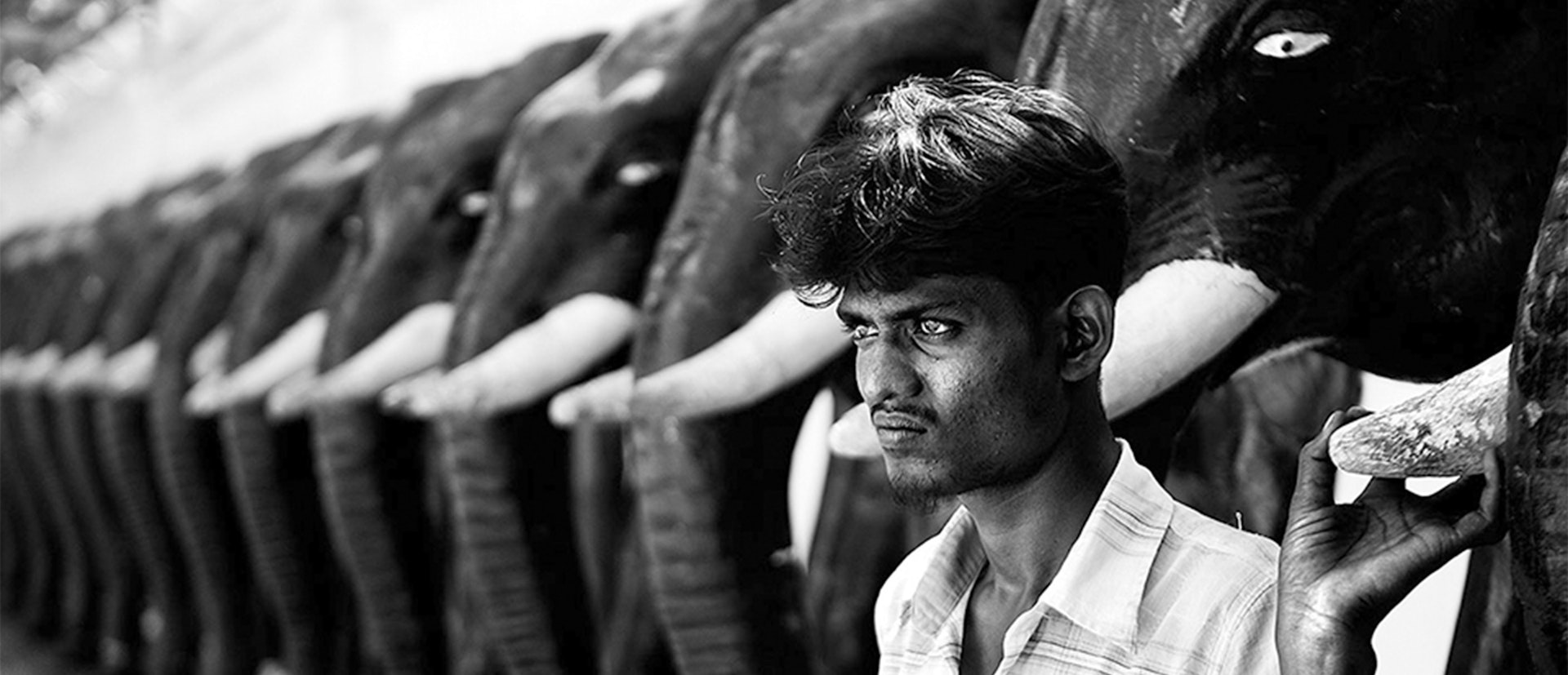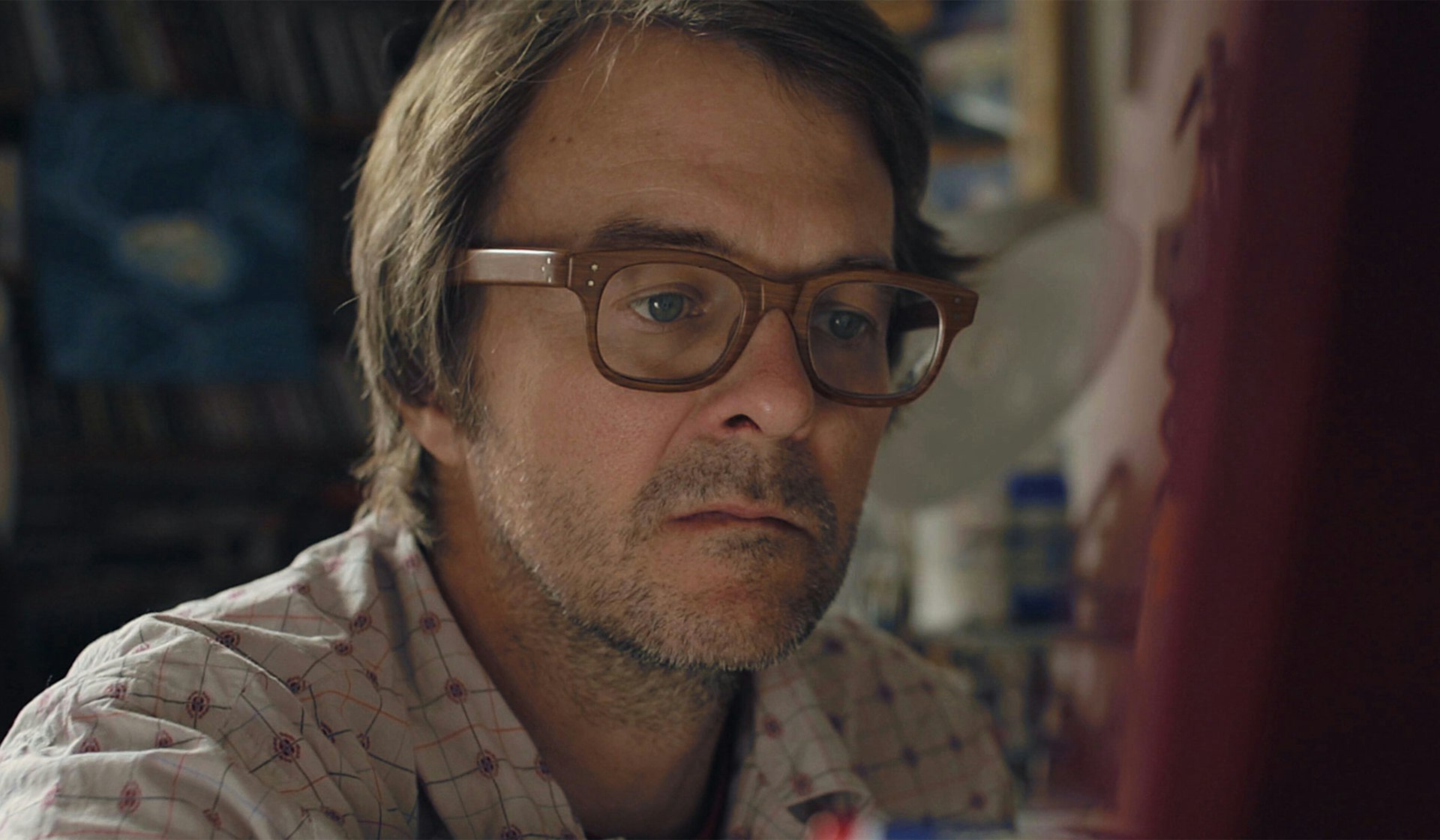
Víctor González
- Text by Ricardo Miguel Vieira
- Photography by Víctor Gonzalez
Víctor González caught the current that would carry him through life at a very young age. At twelve years old he stepped onto a surfboard and never let it go. Aged sixteen he started to study photography and soon blended his passions together, becoming a world-renowned surf photographer.
Born in Castellón, on the Eastern Mediterranean coast of Spain, the thirty-four-year-old has spent the past decade chasing some of the world’s best surfers around the globe, taking the opportunity to capture more emotive moments away from the shoreline along the way.
Victor has gathered together ten years worth of shots for a new exhibition, Más Que Mar, at Twothirds store in Barcelona, Spain. Huck spoke to the photographer to learn more about the stories on display.
What is Más Que Mar and how did it come about?
Más Que Mar is a project I have had in mind for a long time and now I believe it is the perfect moment to set it up. I’ve travelled through four continents in the past 10 years reporting mainly on surf, but I’ve always loved photographing everything I come across during the trips: people, cultures, landscapes. The exhibition arises from trying to show the backyard of all the experiences surf purveyed to me. In the end, the most important thing for me is to get to know the other side of the places I visit, not only the waves I might find, and that’s what I’m trying to show with Más Que Mar.
How did you come to photography, and what drew you to the documentary form?
I’ve always loved travel photography and photojournalism and that’s the style I’ve tried to imprint in my reports during these years. Even if I was working for a surfing magazine, I always tried to publish stills other than action in the water. I love travelling and documenting in a style similar to National Geographic photography and it was just a natural process. I’m a surf photographer but I always try to capture everything I pass through. The exhibition is a result of my three passions: surf, travelling and photography.
How was the process of choosing which photographs to exhibit?
In truth, it was hard work, tons of hours looking through the photos and thinking over which ones would transmit the most, delight the audience and which ones I personally liked the most. I tried to select photos that tell a story, with many details or a depth that comes from just observing the subjects. I had to scour an archive of 10 years of photos, so the selection wasn’t easy at all.
Surf and sea are the core of your work. Why do these elements attract you?
Since I was a kid I’ve always been connected to the sea in some way. At age 12 I experienced the waves and surfing and I’ve been hooked since. I was raised next to the Mediterranean, where the waves are scarce but that made me live them more intensely. As we say here, ‘lo bueno si es breve, dos veces bueno (if the good is brief, than it’s doubly-good). So by age 16 I began studying photography and finally I mixed it with surfing.
What do you look for when photographing surf and the cultures you meet on your trips?
When a photograph drives you, even for a brief moment, to the place where it was taken, then I just feel stoked on that feeling of being able to get that effect from a composition that only took a few seconds to conceive and capture. That’s what I look for in travel photography. I just pursue what is most engaging about the places I go to, their future, the people and their lifestyle; not just the surf itself. After all, an aerial photography of Hawaii or Hossegor look the same, but the interesting part is differentiating one place from another, beyond the waves and the guys riding them.
Which is your favourite photo from the exhibition and why?
The truth is, I don’t have one. There’s one in particular that I cherish a lot but I don’t know if it’s because I find it better than the others or because it was really hard to capture. It’s a frame of a little girl playing on a stairway in Thailand. The place was mesmerising and she was just running around. Nonetheless, she was bashful as she saw me pointing the camera and had to pretend I was just taking a photo of the tree next to her. Moreover, I had in mind a photo with slow shutter speed, to capture the water’s texture from the cascade and she just didn’t stop running. It took me half an hour to catch her still for one second right where I wanted her in the composition. All of this without a tripod, with the camera supported on a rock. That’s why I have such a special affection for this photo. But there are many other photographs in the exhibition that I could think of as favourites at a certain moment, for the still itself or for just recalling the moment I took it.
How do you feel after a decade of travelling through four continents?
Travelling is what I like doing the most, it fulfils me. So when I look back to those journeys I can only glimpse a future where I’ll continue to travel. I had the fortune of exploring amazing places and completely different cultures and, of course, that is a life learning experience. I met very interesting people with incredible stories, like Indonesian survivors of the 2004 Indian Ocean tsunami, people who lost their whole families and all their belongings, and just kept going about life without looking back. In the end, all the experiences I lived through while travelling and photographing where vital to evolve as a person and a photographer. So I just keep thinking about travelling.
What other projects did you work on and how did they help you improving your skills as a photographer?
I’ve participated in several collective exhibitions with other photographers, I worked and collaborated with surfing magazines all over the world and have been part of surfing photography books such as Swell: A Year of Waves. All these publications and jobs helped me grow as a professional photographer. On one hand you get to see other photographers works and learn from it; on the other side you learn to be judgemental about your stills and that enables you to become better and better.
Which was your most remarkable trip and why?
The trip I did to India four years ago was pretty intense. I went as a photographer for a beautiful project calle ‘Smiling Surfing’, which aimed to help orphanages in areas affected but the Asian tsunami and taught kids how to surf. There we found a web of corruption inside several orphanages, where there were poor kids living, but also others who did have parents. The places looked like shit only so that the tourists would feel sorry for them and give money. It was a difficult experience, but I believe the majority of my trips are just outstanding.
What do you look for in your personal projects?
To feel happy with what I do and to convey something meaningful, by either denouncing an injustice through photojournalism, showing other lifestyles or just capturing a moving landscape. But fundamentally, just to transmit something to people with my stills.
What or who are your influences?
As a kid I grew up observing photos of Fernando Muñoz and Willy Uribe, so they are my major influences. Then there’s Dustin Humprey, who had an incredible talent. I mainly focused on photographers outside of surfing like Sebastião Salgado, James Natchwey or Steve McCurry.
What other activities do you do that inspire your photography?
Professionally, I’ve dedicated myself to photography for the last ten years ago, I don’t have any other activities per se. Personally, there’s surf, which I try to enjoy as much as possible. Climbing is also a passion, but I just don’t have the time anymore. Then there’s skateboarding, which unfortunately I stopped because of several injuries. But I still follow it attentively, watching skaters in Barcelona, checking some videos and photos.
What impact are you looking for with Más que Mar?
I want people to see the photos and just travel through where they were taken. That people reach those landscapes or just stall at some detail and reflect. 350 million photos are uploaded every day on Facebook alone. For all budding documentary photographers out there – how do you cut through the noise and say something meaningful in a single still? I think that if among those 350 million photos you get one that captures somebody’s attention through its beauty, then you achieved something important. I just want photos to be interesting because they tell a story with a nice composition.
Más Que Mar exhibition is open until May 15 at Twothirds Store, Barcelona. Find out more about Víctor’s photography or follow him on Instagram: @victorgonzalezfoto
